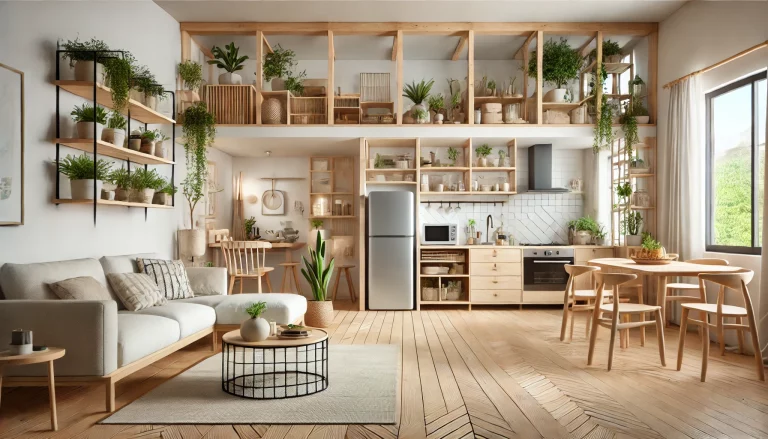

In a world filled with distractions, constant notifications, and endless to-do lists, it can be hard to stay productive. Minimalism offers a solution: by simplifying your environment and reducing distractions, you can focus on what truly matters, accomplish your goals, and achieve more in less time.
In this article, we’ll explore how minimalism can help boost productivity by cutting out the unnecessary and allowing you to focus on the essentials.
Your workspace plays a crucial role in your productivity. A cluttered desk or office can lead to distractions and stress. Minimalism encourages a clean, organized workspace that promotes focus and efficiency.
How to simplify your workspace:
A minimalist workspace helps you stay focused and reduces the mental load of managing clutter.
One of the key principles of minimalism is focusing on what truly matters. The 80/20 rule (also known as the Pareto Principle) suggests that 80% of your results come from just 20% of your efforts. Minimalism encourages you to identify and prioritize the tasks that give you the greatest return on your time and energy.
How to apply the 80/20 rule:
By simplifying your tasks and focusing on what’s important, you can be more productive and less overwhelmed.
Time blocking is a powerful productivity technique that involves dedicating specific blocks of time to focused work on particular tasks. It’s a great way to reduce distractions and ensure that you’re using your time wisely.
How to time block effectively:
Time blocking helps you stay organized and ensures you’re working on the right tasks at the right time.
Technology is a major source of distraction, especially with the constant stream of notifications, emails, and messages. Minimalism encourages you to use technology intentionally and eliminate digital distractions that prevent you from staying focused.
How to eliminate distractions:
By simplifying your digital life, you can reduce distractions and improve your focus.
One of the benefits of digital minimalism is that it encourages you to use only the tools and apps that add value to your work and life. Having too many tools can be overwhelming and create unnecessary complexity.
How to simplify your digital tools:
A simplified digital toolkit reduces complexity and helps you stay focused on what truly matters.
In a world full of commitments, learning to say no is one of the most powerful ways to protect your time and energy. Minimalism encourages you to focus on the tasks and commitments that align with your goals, and to say no to those that don’t.
How to practice saying no:
By saying no, you create more time and space to focus on your priorities.
Making decisions can be mentally exhausting, especially when you’re faced with constant choices. Minimalism encourages you to simplify your decision-making process, so you don’t waste time on trivial matters.
How to streamline decision-making:
By simplifying your decision-making, you can save mental energy and stay focused on what’s truly important.
Productivity isn’t just about working harder; it’s also about making sure you rest and recharge. Minimalism encourages you to prioritize rest and recovery so that you can perform at your best.
How to prioritize rest:
By focusing on rest and recovery, you ensure that you’re operating at full capacity when it’s time to work.
Minimalism encourages you to celebrate small wins rather than waiting for big achievements. Recognizing your progress helps you stay motivated and reinforces the habit of focusing on what truly matters.
How to celebrate small wins:
By celebrating small wins, you stay motivated and inspired to continue simplifying your life.
Minimalism isn’t about doing less for the sake of it — it’s about doing more of what matters. By simplifying your workspace, digital tools, schedule, and decision-making process, you can improve your productivity and achieve your goals with less stress and more focus.
Remember, in a world full of distractions, doing less can often help you accomplish more.